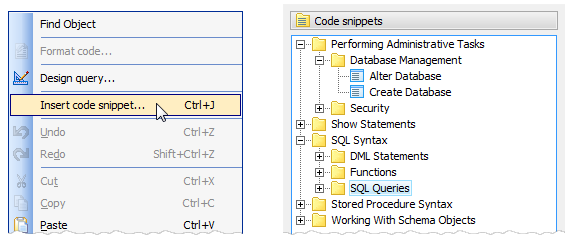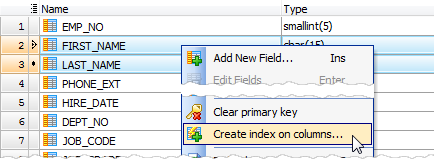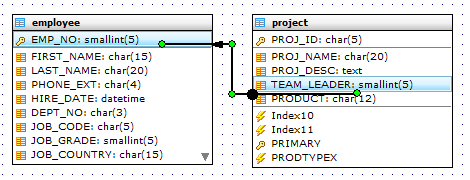AnySQL Maestro 11.7 released
Jul 11, 2011
| Prev | Next |
|
SQL Maestro Group is happy to announce the release of AnySQL Maestro 11.7, a universal powerful solution for administering any database engine (SQL Server, Oracle, MySQL, MS Access, etc.) that is accessible via ODBC driver or OLE DB provider. Please consider the list of new features implemented in this version since the last official release: |
DBMS-related features:
- This version has been successfully tested with the most modern database servers including PostgreSQL 9.0, Firebird 2.5, MySQL 5.5 and 5.6, Oracle 11G, DB2 9.7, SQLite 3.7.x and MS SQL Server 2008 R2.
-
The ability of using the data pagination has been implemented for the Data tab of object editors. This feature significantly speeds up data management because of retrieving only a specified number of records.
The default value (1000 records per page) can be customized in the Application Options dialog. Picture 1. Data Pagination
Picture 1. Data Pagination
Interface improvements:
-
Now the application allows you to use Code snippets, segments of reusable code that you can copy into the editor. The feature is available from SQL Editor, SQL Script Editor, and editors of objects containing SQL bodies (such as views, triggers, etc.) with the corresponding item of the popup menu or with Ctrl+J shortcut.
 Picture 2. Working with code snippets
Picture 2. Working with code snippets -
Table Editor: Another way of index creating has been implemented. Now you can create a new index directly from the Fields tab of the table editor. To add an index, select column(s) the new index to consist of and use the Create index on columns... command.
 Picture 3. Creating a new index
Picture 3. Creating a new index -
Data Import: starting with this version it becomes possible to import data from any database accessible via an ODBC driver or OLE DB provider, such as SQL Server, MySQL, Oracle, MS Access, Sybase, DB2, PostgreSQL, etc. Let's look through some details of the new feature:
-
To import data in this way, you have to specify a connection string and select appropriate identifier quote characters to escape improper symbols and blanks in object names according to the source database (for example, double quotes for Oracle and PostgreSQL, backticks for MySQL, or square brackets for SQL Server and MS Access).
 Picture 4. Data Import: connecting to an ODBC data source
Picture 4. Data Import: connecting to an ODBC data source - Another thing to note is that this kind of import completely supports BLOBs (if they are supported by the ODBC driver / OLE DB provider used).
- Now each time you start the wizard to import data to a table it stores all the options as them were set on the previous session of working with this table.
-
To import data in this way, you have to specify a connection string and select appropriate identifier quote characters to escape improper symbols and blanks in object names according to the source database (for example, double quotes for Oracle and PostgreSQL, backticks for MySQL, or square brackets for SQL Server and MS Access).
- The Execute at cursor command has been added to SQL Editor (available in the Navigation bar or with Ctrl+F9 shortcut). Use this command to execute statements the cursor is over without selecting them.
-
Database Designer: now you can view all columns included in a foreign key by selecting the relation based on the foreign key.
 Picture 6. DB diagram: highlighting of columns included in the selected foreign key
Picture 6. DB diagram: highlighting of columns included in the selected foreign key - Application Options: now it's possible to specify default directories for data export/import/extract/etc to be used on database profiles creating.
- Table Editor Options: starting with this version it's possible to allow the application to open details at the Data tab automatically.
In addition to this, several bugs have been fixed and some other minor improvements and corrections have been made.
Related links:
AnySQL Maestro home pageDownload AnySQL Maestro
AnySQL Maestro Screenshots
| Prev | Next |








